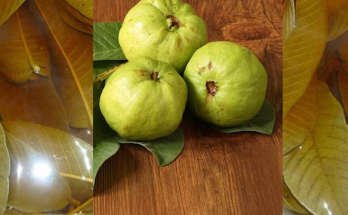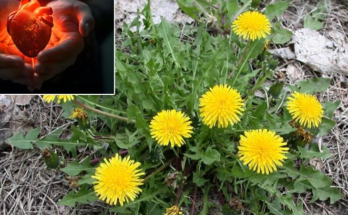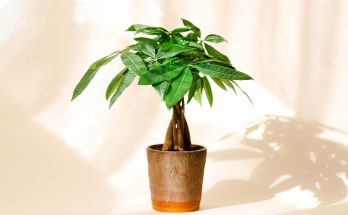If there is one task that every gardener could do with less of, it’s weeding. Even those of us who would happily spend every waking moment in the garden would much rather be picking, pruning and watering instead of weeding.
So, we mulch.
Each year we cover the soil and the bases of our plants with mulch to keep out weeds and hold in moisture. When it comes to the organic matter you use to mulch, you’ve got plenty of options. And many can easily be sourced in your own backyard, such as grass clippings, dead leaves, even pinecones.
But it seems that no matter what we use, it ends up being a lot of back-breaking and knee-busting work.
Instead of spreading some sort of dried material over your garden, like straw or commercially processed bark, you should consider growing a living mulch this year. Using another plant as a mulch (or cover crop) does much more than keeping weeds at bay.
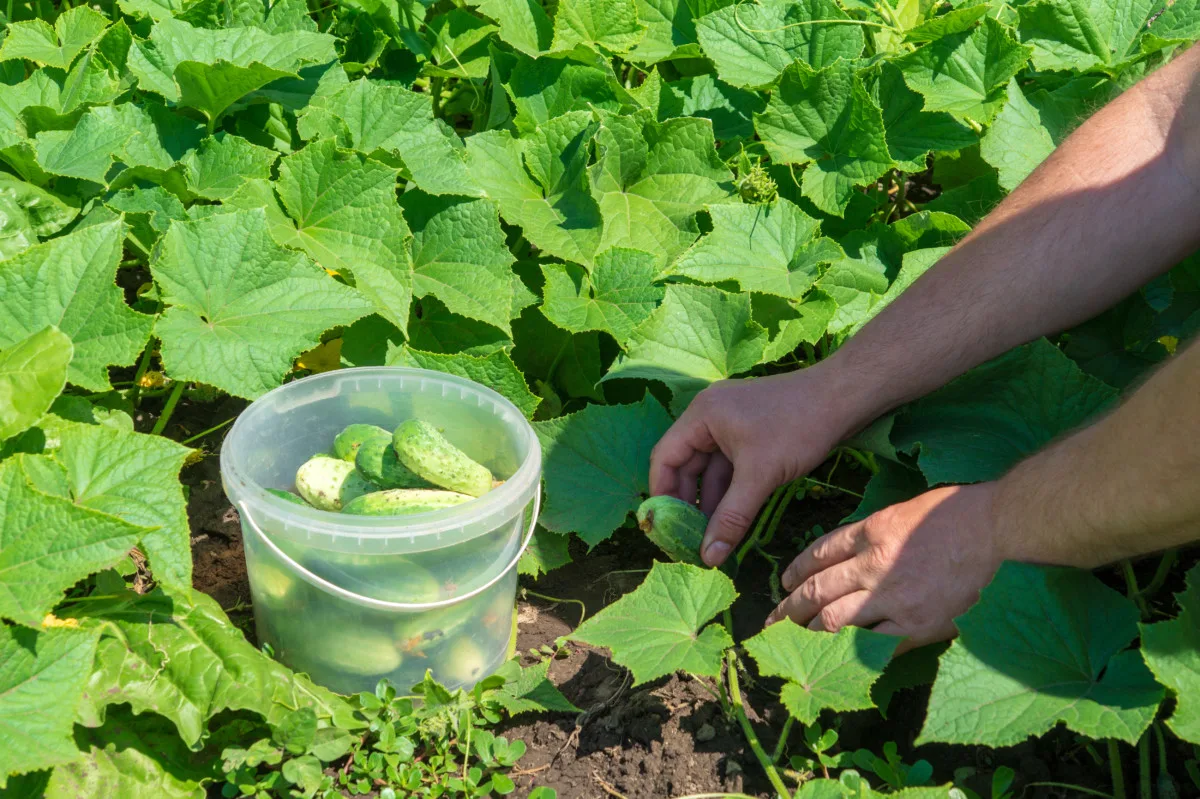
What exactly is living mulch, and why is it so great?
What is a living mulch?
A living mulch is a low-growing crop or crops planted beneath your main crops to suppress weeds, retain water, and even improve the soil. If you’ve read up on green manure crops, you already know what a living mulch is, only most of the time, they’re used in the off-season when you’re not actively growing.
Beyond the edges of your garden, a plethora of plants grow together, sharing the same soil, nutrients and water. And they each thrive. It’s only in our gardens that we tend to segregate our plants in bare patches of soil. All the peppers go here, the beans go over there, and the flowers go in the beds around the house.
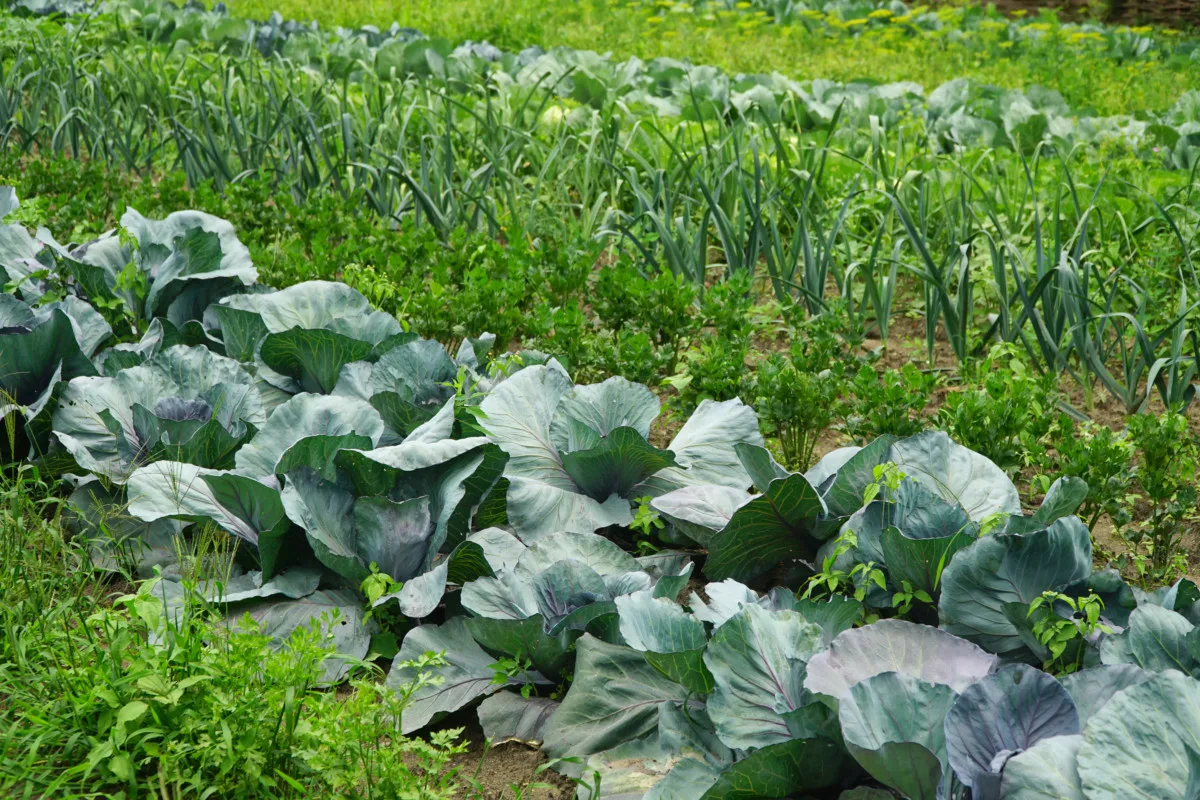
This monocropping in otherwise bare soil goes against everything nature has perfected over the millennia. And then we wonder why gardening is so hard.
In the past few decades, we’ve begun to truly understand that a garden diverse in plants is a healthy garden. And usually, an easier one to maintain. Most of that comes from having healthy soil, and growing lots of different plants in the same space helps with that.
Growing a living mulch among your vegetable crops has real benefits that should be considered before buying yet another bag of bark mulch.
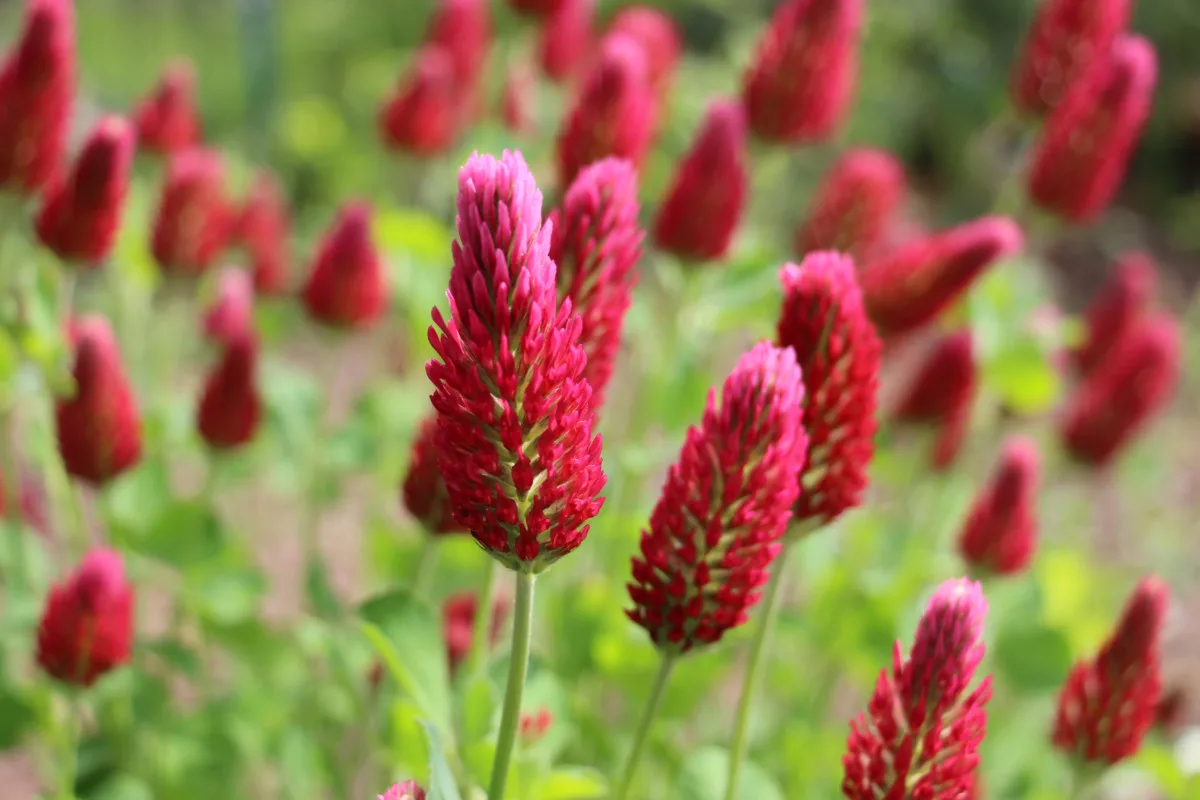
Benefits of Growing Living Mulch
1. Weed Control
Obviously, one of the main benefits of any mulch, including a living mulch, is weed control. When you’ve already got tomatoes, peppers and beans growing, then you add in a low-growing living mulch, the weeds just don’t stand a chance.
2. Moisture Retention
A living mulch helps keep the soil moist much like any other mulch does, with one big exception. When you put down grass clippings, bark or other dried organic matter, it can keep in too much moisture leading to rot and inviting disease.
A living mulch holds in moisture while allowing for sufficient airflow between the soil and plants. You’re less likely to run into problems with a living mulch during an especially rainy period.
3. Prevent Soil Erosion
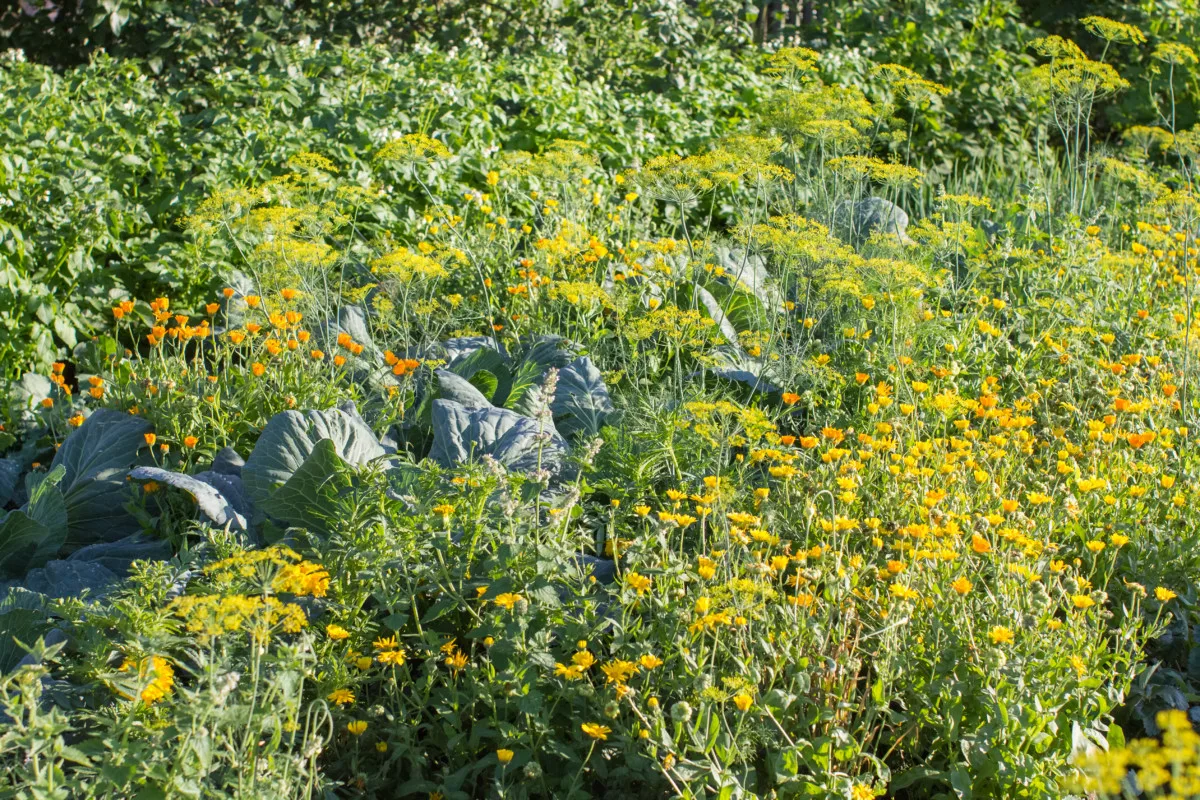
Again, mulching, in general, helps to prevent soil erosion, but living mulch is the best option for keeping soil put. With traditional mulches, you’re simply covering the soil, but when you grow a crop as mulch, you have a root system below the soil that actively holds everything in place. This is by far the better option.
4. Increase Beneficial Microbes in the Soil
And speaking of that root system below the soil, a living mulch allows for the growth of more beneficial microbes and fungi, also known as mycorrhizae. Soil health is key to growing healthy crops.
What’s going on beneath your feet is more important to the vegetables growing above ground than you think. And much like the gut biome that’s received so much attention in recent years, we’re learning how important the soil microbiome is to plant health. By growing a living mulch, you’re providing a root structure for that biome to develop in.
5. Creates Humus to Improve the Topsoil
Did you know that we have lost over half of the entire world’s topsoil over the past 150 years? (World Wildlife Organization) This is a problem that’s very quickly coming to a head in the commercial farming industry, and it will have vast impacts on our ability to feed the world’s population in years to come.

At home, we can help our own topsoil by growing living mulches and green manures that actively create humus and replace lost topsoil over time. Instead of yanking everything from the ground at the end of the season, growing a living mulch allows you to ‘chop and drop’ it at the end of the year. You’re essentially letting it break down in place without disturbing the important microbiome below, all while adding nutrients back into the soil to be used next year.
6. Attract Pollinators and Beneficial Insects

Choosing to use a living mulch also has the benefit of attracting pollinators and beneficial insects to your garden. With pollinator populations on the decline, many home gardeners have had to deal with low yields due to pollination problems.
When I was a kid, the thought of hand-pollinating any of your veggies wasn’t even something we thought about. These days you’d be hard-pressed to find a gardening website that doesn’t have at least one article showing you how to do it.
Growing a living mulch, you’re essentially growing an all-you-can-eat pollinator buffet. And along with it, you’ll be attracting an army of bugs who love eating the insects that like to eat your plants.
7. Chop and Drop Fertilizer
Nearly all the crops grown as a living mulch can be cut down right where they are (chop and drop) to improve the soil quality at the end of the season. You can leave the roots in place and let the cut plant break down during the winter.
8. Living Mulch Doesn’t Hurt
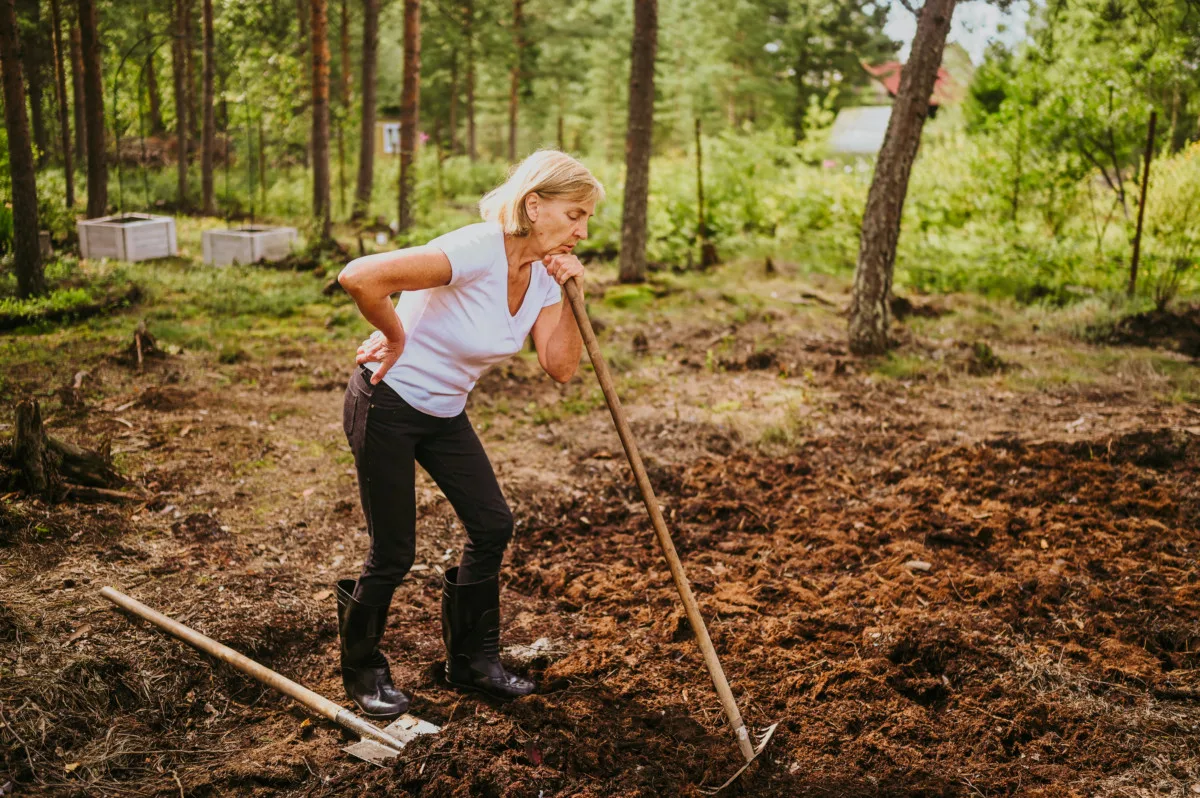
Forget making a special trip down to the landscaping place for a couple of yards of mulch and then breaking your back shoveling. There will be no more getting down on your knees to toss handfuls of grass clippings around your plants. Nope, not with a living mulch.
Growing a living mulch is as simple as sprinkling a seed packet around the areas you want your mulch. That’s it.
As a self-described lazy gardener, this might be my favorite aspect of using living mulches. They’re just so much easier to deploy.
Okay, Tracey, you’ve got me convinced. I want to use a living mulch in my garden this year. So…what are they?
A Few Popular Living Mulches
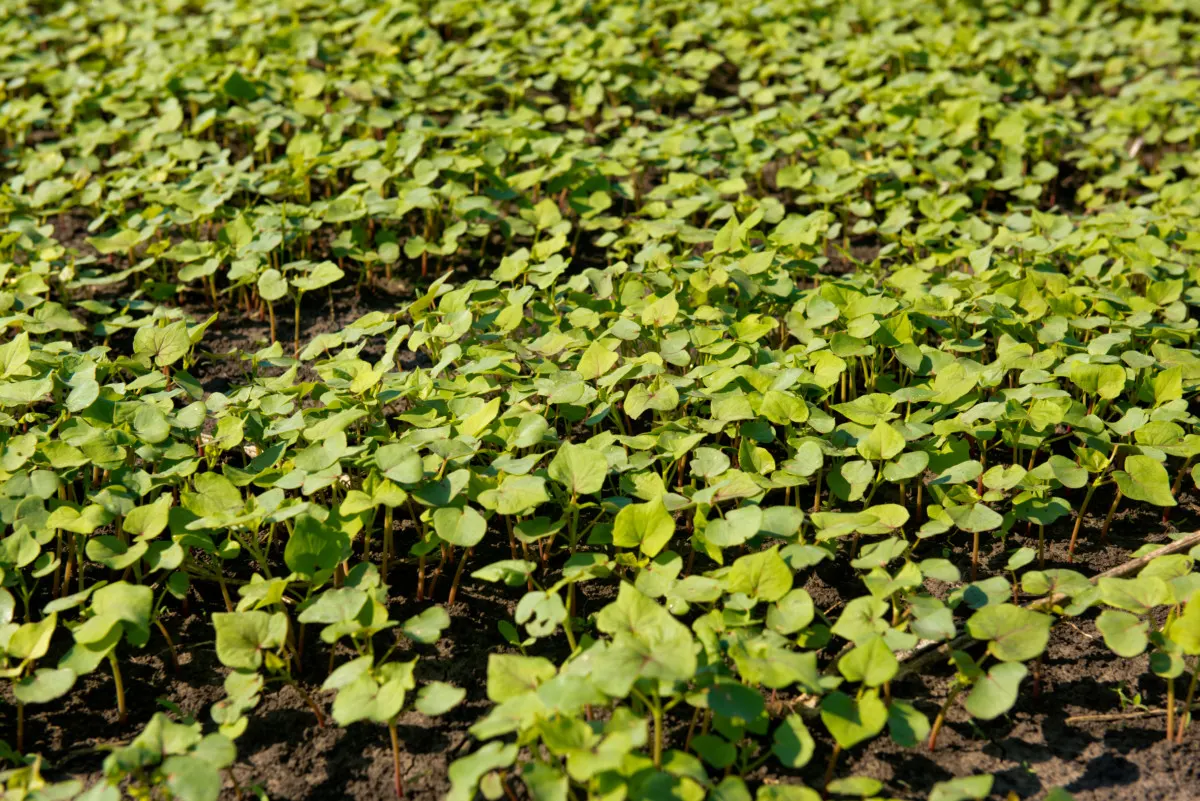
- Red clover – if you want a living mulch that does double duty and attracts lots of pollinators, consider growing red clover. Your local bee population will thank you.
- Roman Chamomile – this shorter cousin of German chamomile is often used as a ground cover in landscaping and will also make a good living mulch.
- Smaller vining crops – let your cucumbers roam free, or the cucamelons run wild and don’t reign in that pattypan squash. By letting vining crops grow where they will, you’ve got an excellent low-growing mulch that you can eat.
- White clover – a great living mulch to use around low-growing crops as it won’t grow too tall and shade out your veggies. Make sure you chop and drop it before it goes to seed at the end of the season.
- Buckwheat – Not only does buckwheat grow quickly, choking out weeds, but it’s a phosphorous fixer. Chop and drop before it goes to seed.
- Alfalfa – using this nitrogen-fixer as a green manure is common practice, but it also makes a good living mulch. However, depending on where you live, it may grow as a perennial, so be sure to till it under or plant it where you don’t mind it coming back each year.
- Get creative – living mulch doesn’t have to be one plant. Fill in bare spots with herbs and quick-growing annual flowers.
Adding a Living Mulch to Your Garden
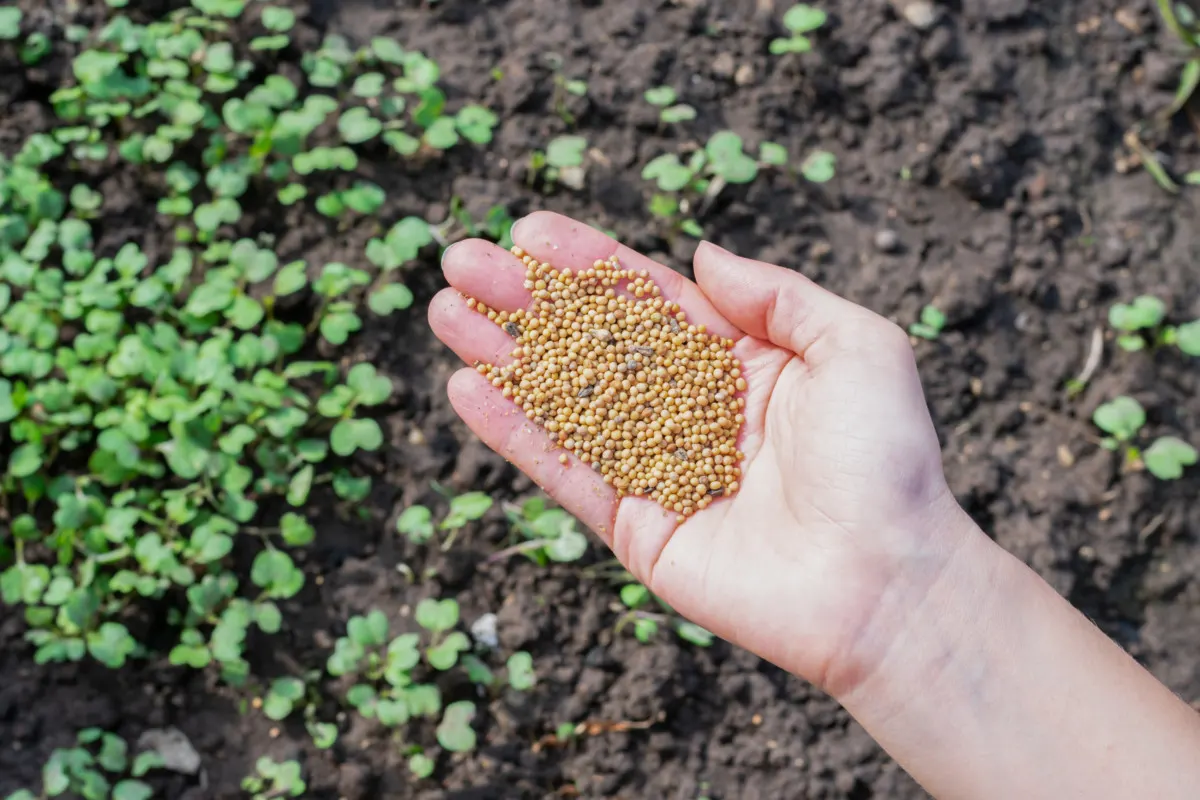
- For living mulches that are direct-sown, sow them shortly after you set out your transplants; that way, your veggie crops will have a good head start over the mulch.
- Take into consideration the mature height of the living mulch you choose compared to the crops you’ll be growing it around to make sure you aren’t shading out your veggies.
- Don’t forget your paths. If you have paths in between your rows, sow a low-growing living mulch like white clover on your paths to keep weeds down.
- Experimentation is the best way to find out what living mulch will work best in your growing zone and the vegetables you usually grow.
- Use more than one living mulch for the best results. Think about companion plants such as marigolds and nasturtiums and use them to cover bare soil around their companions.
Living Mulch Issues
Using a living mulch in your garden isn’t a free lunch; it has its drawbacks. It’s important to weigh the benefits with the potential issues and decide what mulching system will work best for you.
- Using a living mulch can potentially out-compete your crop for nutrients and sun if the plants are not paired well or your soil can’t support both plants.
- Living mulches can also take over other areas and spread quickly if you don’t cut them down before going to seed.
- Using a living mulch provides creepy crawlies with more cover to hide. While not necessarily bad garden occupants, if you don’t appreciate being startled by a snake or a vole, planting your entire garden with a living mulch may not be a good idea.
- While a living mulch is better than a passive mulch during rainy years, even a living mulch can hold in too much water and prevent sufficient airflow if you have an especially rainy season.
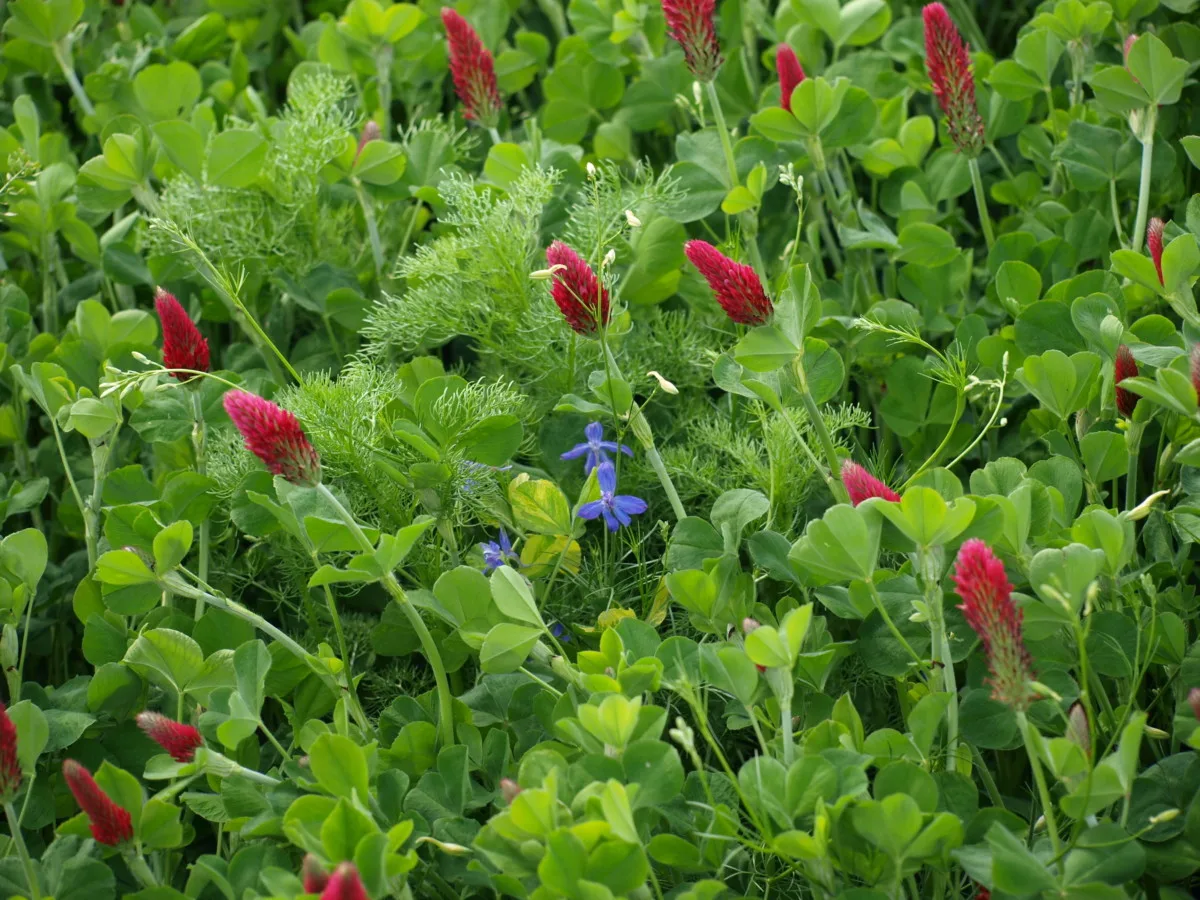
Like nearly all aspects of gardening, using a living mulch takes planning and plenty of trial and error to find what works best for you. You may find that you’re constantly coming up with new ways to use herbs, flowers and green manure crops as living mulch within your garden.
Nature has proven what Charles Darwin speculated in “Origin of Species” – plants flourish when grown among an array of different species. (Science Daily)

